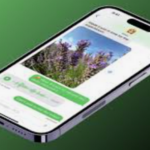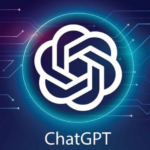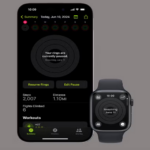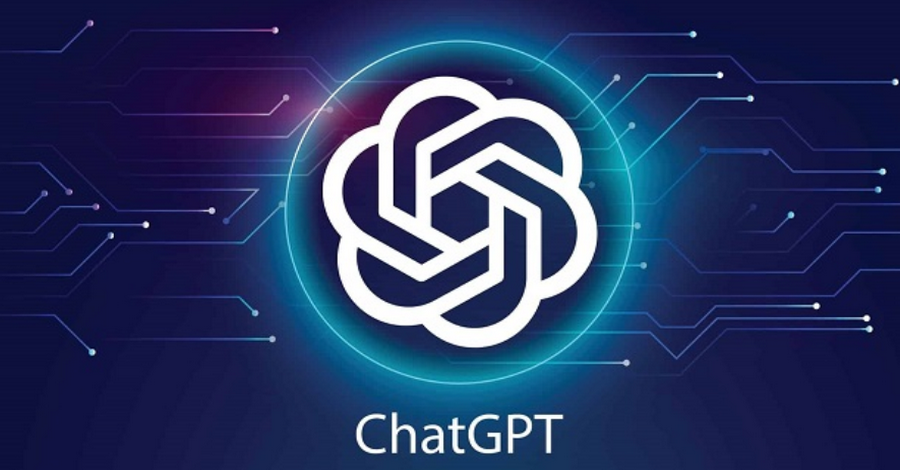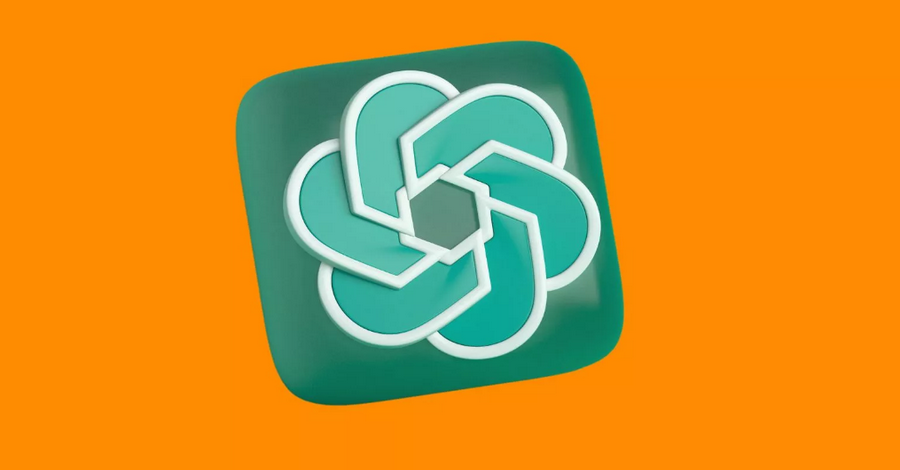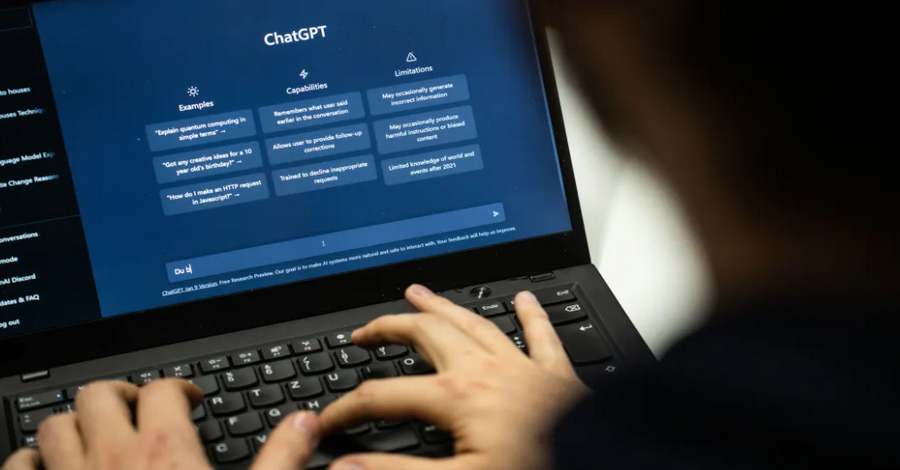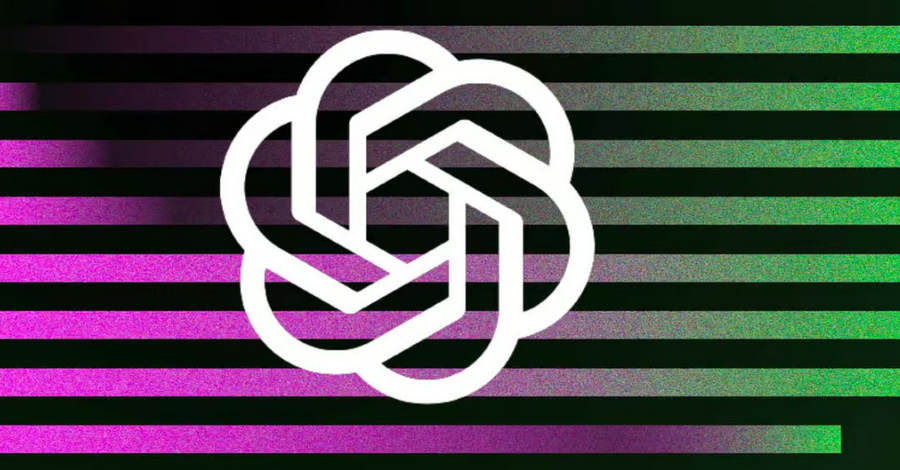In today’s globalized world, video content has become an essential means of communication, education, and entertainment. However, creating videos that cater to diverse audiences can be a daunting task, especially when it comes to translation. Fortunately, tools like ChatGPT offer a solution to this challenge, making it easier to translate video content quickly and efficiently. In this guide, I will share how I use ChatGPT to translate videos and save valuable time while ensuring accurate and contextually relevant translations.
1. The Importance of Video Translation
Video translation is crucial for several reasons:
- Global Reach: Translating videos allows creators to reach a broader audience, breaking down language barriers and enhancing accessibility.
- Enhanced Engagement: Multilingual content engages viewers more effectively, as they can consume information in their preferred language.
- Improved Learning: In educational contexts, translated videos can help learners grasp concepts better, especially when terminology varies across languages.
By leveraging ChatGPT for video translation, I can streamline this process and make my content more accessible to a global audience.
2. Understanding the Video Translation Process
The process of translating videos typically involves several steps:
a. Transcription
Before translating, the first step is to transcribe the audio content of the video into text. This provides a written format that can be translated accurately.
b. Translation
Once the transcription is complete, the next step is to translate the text into the desired language. This requires not just a literal translation, but also cultural nuances, idiomatic expressions, and context considerations.
c. Synchronization
After translation, the final step is to synchronize the translated text with the video, ensuring that subtitles or voiceovers align with the visuals and audio cues.
3. Utilizing ChatGPT for Video Translation
By incorporating ChatGPT into my video translation workflow, I can simplify and expedite the process. Here’s how I do it:
a. Transcribing the Video
To begin, I use transcription software or services to convert the video’s audio into text. There are several options available, including:
- Automated Transcription Tools: Services like Otter.ai or Rev offer automated transcription with varying degrees of accuracy.
- Manual Transcription: For short videos or when accuracy is critical, I may choose to transcribe the audio manually.
Once I have the transcript, I can easily input it into ChatGPT for translation.
b. Translating with ChatGPT
Using ChatGPT for translation is straightforward and efficient. Here’s the process I follow:
- Input the Transcript: I copy the transcript text into the ChatGPT interface, clearly indicating the source and target languages. For example, I might say, “Translate the following text from English to Spanish.”
- Review the Translation: ChatGPT generates the translation based on the input. I review the output to ensure it accurately reflects the original message and retains any specific terminology relevant to the video content.
- Request Revisions if Necessary: If the initial translation needs adjustments, I can prompt ChatGPT to refine specific sections. For example, I might ask, “Can you provide a more formal translation for this part?” or “How can I express this idiom in Spanish?”
c. Cultural and Contextual Considerations
When using ChatGPT for translation, it’s essential to consider cultural and contextual elements. Here’s how I handle this:
- Contextual Prompts: I provide context to ChatGPT when necessary. For instance, if the video contains industry-specific jargon, I might explain the context to help the model generate a more accurate translation.
- Localizing Content: I pay attention to regional differences in language. For example, if I’m translating content for a specific audience in Latin America, I might specify that I want the translation to reflect that dialect.
4. Synchronizing Translations with the Video
After obtaining the translated text, the next step is to synchronize it with the video. There are several ways to do this:
a. Subtitling Software
I use subtitling software like Aegisub or Subtitle Edit to create and sync subtitles. These tools allow me to:
- Import the Translated Text: I input the translated text into the software, ensuring that it matches the timing of the video’s audio.
- Adjust Timing: I can modify the timing of each subtitle to ensure it appears and disappears in sync with the spoken content.
b. Video Editing Software
Alternatively, I may use video editing software like Adobe Premiere Pro or Final Cut Pro, which often includes built-in tools for adding and syncing subtitles. Here’s how I use these tools:
- Add Text Layers: I create text layers for the translated subtitles and position them appropriately on the video.
- Synchronize with Audio: I listen to the audio while adjusting the timing of each subtitle to ensure accurate synchronization.
5. Final Review and Quality Assurance
Once the subtitles are synchronized, I conduct a final review of the video:
a. Playback Review
I watch the video with the translated subtitles to check for any errors or timing issues. This step is crucial for ensuring that the translation flows naturally with the video content.
b. Peer Review
If possible, I may ask a colleague or a native speaker of the target language to review the translation. Fresh eyes can catch errors I might have missed and provide valuable feedback on the accuracy and cultural appropriateness of the translation.
6. Exporting and Publishing
After the final review, I export the video with the translated subtitles. Depending on the platform where the video will be published, I have a few options:
- Hardcoded Subtitles: I can choose to hardcode the subtitles into the video file, making them a permanent part of the visual content.
- Separate Subtitle Files: Alternatively, I can create separate subtitle files (e.g., .srt or .vtt) that can be uploaded alongside the video on platforms like YouTube, allowing viewers to toggle subtitles on and off.
7. The Benefits of Using ChatGPT for Video Translation
By using ChatGPT in my video translation process, I enjoy several key benefits:
- Time Efficiency: The speed at which ChatGPT generates translations allows me to complete projects much faster than manual translation methods.
- Cost-Effectiveness: Utilizing AI for translation reduces the need for expensive human translators, particularly for non-specialized content.
- Scalability: ChatGPT can handle translations for multiple videos simultaneously, making it easier to scale up my content production.
- Consistent Quality: With careful prompting and context consideration, I can maintain a consistent quality across translations.
8. Limitations and Considerations
While ChatGPT is a powerful tool, there are limitations to be aware of:
- Context Sensitivity: The model’s accuracy can vary depending on the context provided. It’s essential to give enough detail to ensure the best possible translation.
- Cultural Nuances: While ChatGPT can generate accurate translations, it may not always capture subtle cultural nuances, which is why human review is crucial for important content.
- Technical Language: For highly technical content, relying solely on ChatGPT may not be sufficient. In such cases, supplementing the translation with expert input is advisable.
9. Continuous Improvement
As I continue to use ChatGPT for video translation, I focus on improving my process by:
- Learning from Feedback: Gathering feedback from viewers and peers helps me understand areas for improvement in my translations.
- Staying Updated: I keep abreast of updates to ChatGPT and other AI translation tools to leverage new features that can enhance my workflow.
- Exploring New Tools: As technology evolves, I remain open to exploring additional tools and resources that can further streamline my translation process.
Using ChatGPT to translate videos has transformed how I approach content creation, making it faster, more efficient, and more accessible to global audiences. By integrating ChatGPT into my workflow, I can handle the complexities of video translation with ease while ensuring high-quality results. Whether for educational content, marketing materials, or entertainment, ChatGPT enables me to reach diverse viewers and enhance engagement. As I continue to refine my process and adapt to new challenges, I am excited to see how AI technology will further revolutionize the world of video content translation.
